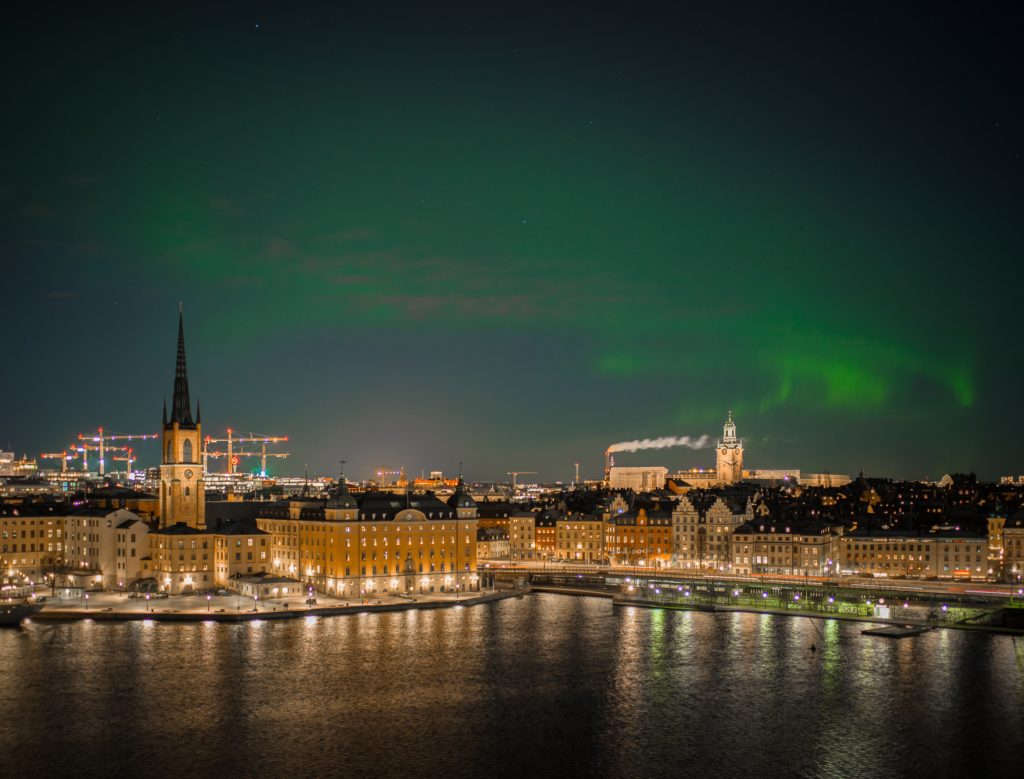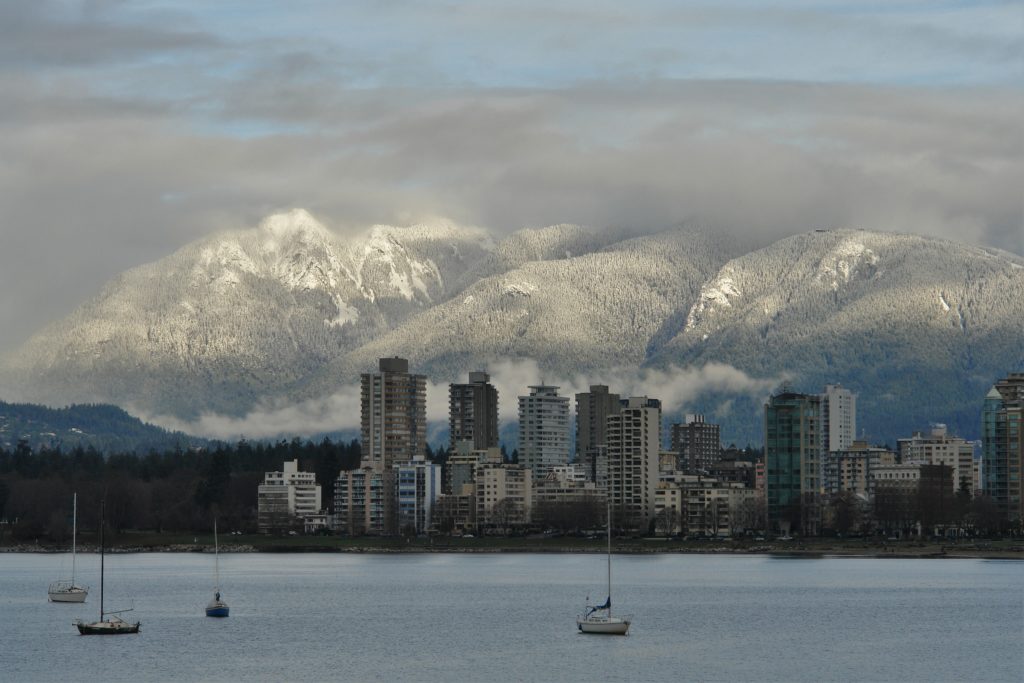Since the first Earth Day on April 22nd, 1970, our nation’s environmental awareness has increasingly grown. Earth Day was founded by Wisconsin’s Senator Nelson as a reaction to the 1969 oil spill in Santa Barbara, California. On the first Earth Day, over 20 million people gathered across the country in demonstrations that pushed for an increase in oil drilling regulation, amongst other environmental needs.
By 1990, Earth Day had gone global. The scope of it expanded to 141 countries, and over 200 million people participated in events to help raise environmental awareness. Fast forward to 2016 and the day continues to grow! Over the years, research and technology surrounding clean energy and conservation have improved and are constantly evolving. There are many ways to live a green lifestyle, even if you live in a large city. With waste reducing resources like public transportation and alternative fuels, urban settings (like the ones featured on our list) can be environmentally ideal. In honor of the 46th Earth Day check out our top 10 greenest cities around the globe, and find out what makes them so green!
10. Oslo, Norway
Surrounded by the green of the Normarka Forest, and the blue Oslofjord, the citizens of Oslo live at the intersection of rural and urban. In 2002, the city council announced the “Oslo Urban Ecology Program,” a long term plan that phases out oil heating in municipal buildings, increases recycling initiatives, and improves the public transportation system. All of which are creating a cleaner, greener Oslo!

Micael Widell/Via Unsplash
9. Stockholm, Sweden
Stockholm began adopting sustainability practices way back in the 1960’s before it was even “cool.” Rather than hopping on the bandwagon, they’re pretty much driving it. With carbon emissions at just 3.4 tons per capita, Stockholm is a sustainability rock star in comparison to most European cities, averaging at 10 tons per capita. But why stop there? The city government has set goals to reduce the typical carbon footprint down to 3 tons per capita by increasing citizen walking and biking, and moving away from faulty recycling practices.
8. Copenhagen, Denmark
Back in 2014, Copenhagen was recognized as the greenest city in Europe and has managed to stay up there in the rankings. With pedestrian and bike paths lining the streets, this city is well equipped with alternatives for those who prefer not to drive. A long term green initiative plan is currently in the works, installing over 100 wind turbines and replacing coal with biomass in as many engines as possible. The end goal? To be the first carbon-neutral capital city by the years 2025!
7. Freiburg, Germany
Coming in at number seven is the cuckoo clock capital of the world: Freiburg Germany. Nestled in between the Schauinsland Mountain and the Black Forest, this picturesque city is incredibly green in both appearance and practice. Freiburg has enforced legislation requiring all buildings (residential, commercial, and government) to use no more than 65 kilowatts of energy per square meter, which is 10 kilowatts less than the national standard. The city is heavily reliant on solar energy, harvesting the sun’s rays from solar panels that cover the roof of the soccer stadium, the convention center, and many more buildings.
6. Malmö, Sweden
What was once an emissions wasteland now ranks as one of the world’s most sustainable cities. So how did Malmö go from polluted to pristine? The city greenover began in the late 80’s, as shipping facilities were replaced with homes, shops, and offices, all designed to run on renewable energy. In addition to the green infrastructure of the city, energy from wind is harnessed by turbines and food waste is often converted into fuel for public transportation. In Malmö, no energy goes to waste!

Deb Rousseau/Via Unsplash
5. Vancouver, Canada
For now Vancouver comes in as the fifth greenest city, but it plans to top the charts at #1 by the year 2020. Vancouver is putting this plan into action by doubling the number of jobs that work with green technology and construction, thus building up an environmentally friendly economy. The plan also aims to eliminate waste by 50%, and make 50% of all transportation by means of bike, walking, or public transportation.
4. Växjö, Sweden
With a population of less than 100,000 people, this small Swedish city has an even smaller carbon footprint. Växjö has dozens of untouched green spaces throughout the city. They make the most of their resources by using all forestry waste (woodchips, sawdust, bark) to produce biomass and biofuels. This serves as a major source of energy, accounting for 40% of the city’s electricity!
3. Portland, Oregon
Portland is home to some of the cleanest city air out there. Over 25% of the Portlandian workforce commutes by way of bike, carpool, or public transportation. In 2008, Portland recycled 56.8% of all waste generated – almost twice the national average! Across the entire city, there is 324 miles of bike paths, a million square feet of solar panels, and thousands of homes and businesses that receive their energy from wind turbines.
2. Bristol, South West England
The winner of the 2015 European Green Capital Award, Bristol, England sets the sustainability bar incredibly high. Bristol was selected based on their impressive plans to invest 500 million euros in public transportation and 300 million towards renewable energy initiatives by the year 2020. Despite a steadily growing economy, Bristol has managed to consistently reduce carbon emissions for the past ten years.
1. Reykjavik, Iceland
Topping the charts at number one is the capital city of Iceland. Even though Reykjavik is not that big, it preserves energy in a huge way. Surrounded by ocean with waterfalls and hot springs galore, Iceland’s geography is ideal for producing hydroelectric energy. This energy is used in cohorts with the geothermal energy produced from volcanic activity, creating a sustainable energy system that provides nearly 95% of the entire city’s power. As if that wasn’t impressive enough, Reykjavik plans to be entirely fossil fuel free by the year 2050!
Travel on an educational tour of Iceland with your students and experience its geothermal wonders!
Related articles

